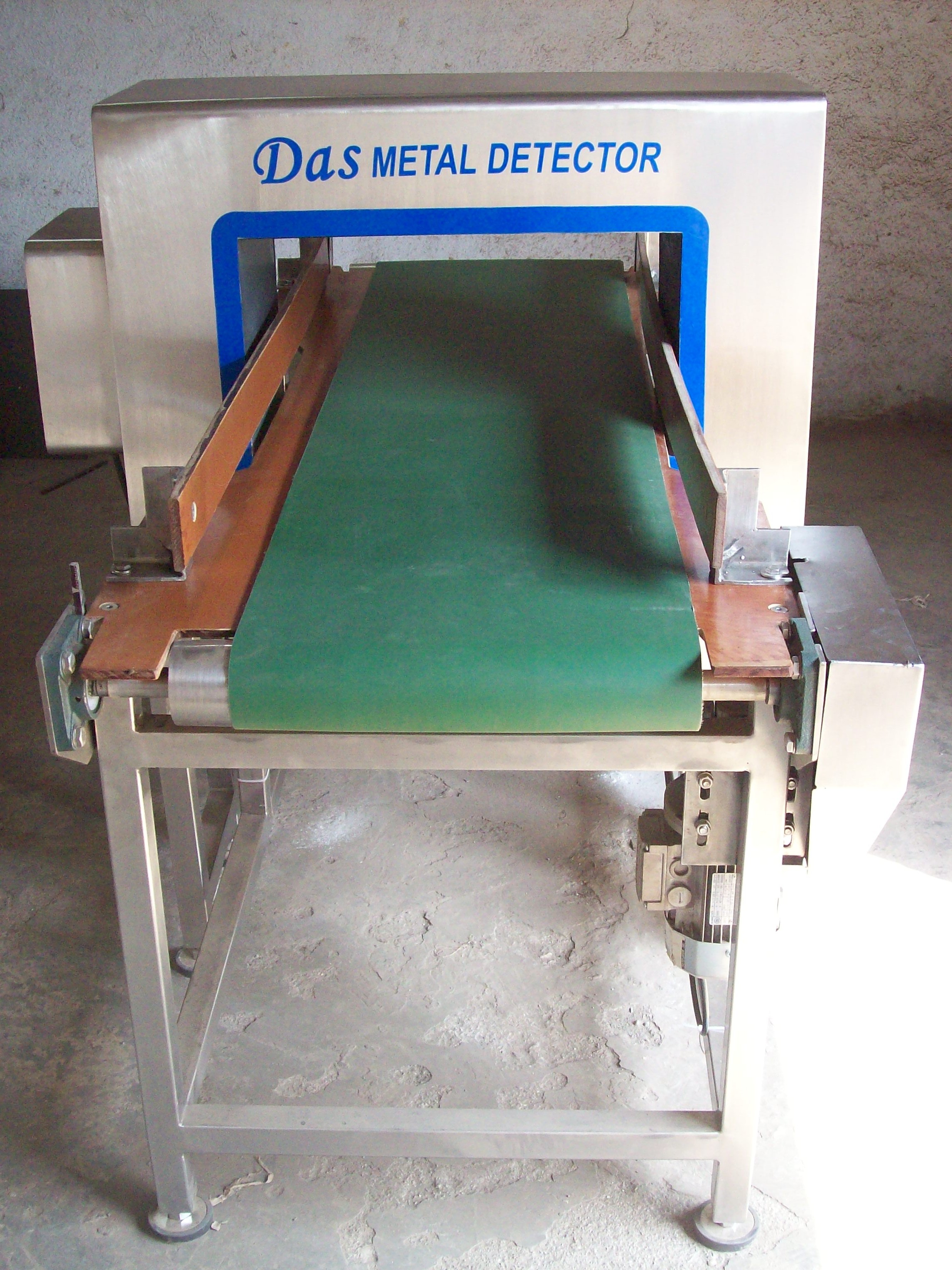Vasai, Mumbai, Maharashtra - GST No. 27AAECD8248A1ZT
- Send SMS
- Send Email
Everything You Need To Know About The Metal Detecting Technology
Posted by Admin on April, 21, 2021

With businesses trying to defeat the competition in today's attacking marketplace, there is a great deal of emphasis on product protection and quality. Both of these factors naturally have to do with a bigger, more fundamental idea: the credibility of your product and your business. To keep a consistent and high-quality product, a process that can put economic and timely stress on the business needs thorough inspection and evaluation of the product. In particular, every inspection method must be effective; it must do and do as it is intended.
The use of technology for metal detection such as the conveyor metal detector offers significant inspection opportunities compared to X-ray while offering many of the same benefits for protection and quality assurance. Metal detection technology is an important device, providing businesses with an open way of protecting the identity of their brand and corporate image.
Simple Science Behind Metal Detection
Metal detection is a relatively simple operation, thanks to science and technology. The technology for metal detection works in the scanning region of the system through the use of a transmitter and receiving coils. The transmitter coil produces an electric field within the detector and the receiving coils scan the field for changes in magnetic or electrically conductive signals that are provided by metals throughout the field in the product.
Metal detectors will scan any metal form, whether in magnetic (steel, iron) or non-magnetic items (aluminium, Brass copper). Susceptible stainless steels, for example, type 316 and 304 used widely for food processing, can also be seen via the strong metal sensor technology.
The Services Metal Detection can Provide
Metal detectors are widely used in food quality and safety inspections as are those supplied by conveyor metal detector suppliers. These detectors may also conduct product safety scans in other industry sectors such as paper, pharmaceutical, chemicals, textiles, wood and bottling.
For quality assurance of both "dry" (not driving) and "wet," (conductive) foods, the use of metal sensors is useful in the inspection of food items. Frozen food, granola and cereal are non-conductive dry foods. Bread, meat and milk products are conductive foods.
During the most precise inspection results for dry goods, the conveyor metal detector technology can compensate for the conductivity of wet foods with good results based on the quantity and quality of the products examined and the skews.
The Benefits of Metal Detection Technology
For business managers, who have notable budgetary ease in technology, the advantages of owning and running metal detectors in any manufacturing industry are evident and invaluable. They cost less than an X-ray and, thanks to 100 per cent stabilized designs, are lower ownership and maintenance costs. (Replace no X-ray tubing)
However, economies are not costly because metal detectors deliver comparable or better efficiency to a fraction of the price in dry product applications. They complement X-ray technology in wet product applications, detecting metal pieces with large, smooth, thin surfaces in any direction (Angles) that is difficult for X-rays (Knife blades, washers, etc.).
Final Words
Maybe the greatest advantage of the technology of metal detection is the guarantee of goods protection and the safety of the customers receiving these products. Metal detectors operate to preserve credibility and product consistency, which is one of the most important factors for the success of a product or company.
This entry was posted on April, 21, 2021 at 16 : 28 pm and is filed under Metal Detector. You can follow any responses to this entry through the RSS 2.0 feed. You can leave a response from your own site.
Search
Category
Recent Posts
- What Are The Pieces Of A Metal Detector?
- Benefits of Gravity Feed Metal Detectors for Various Industries
- Mеtal Food Dеtеctors: Safeguarding Quality and Safеty in thе Food Industry
- Food X-Ray Inspection Machine: Helpful to Control the Quality of Food
- Detecting Metal Contamination with Precision: The Advantages of Gravity Feed Metal Detectors
